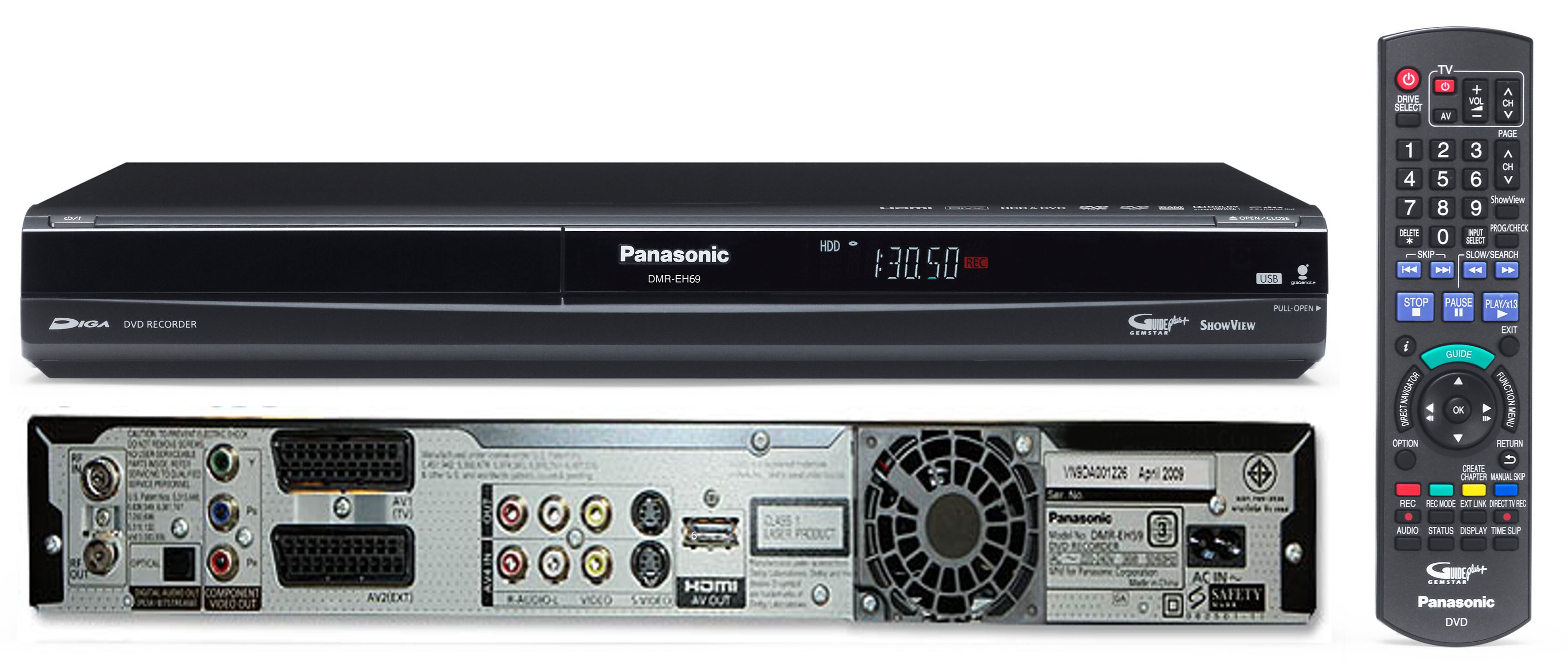
- #External video recorder update#
- #External video recorder full#
- #External video recorder code#
- #External video recorder free#
Video_thread = threading.Thread(target=self.record) # Launches the video recording function using a thread # Finishes the video recording therefore the thread too # gray = cv2.cvtColor(video_frame, cv2.COLOR_BGR2GRAY) # timer_current = time.time() - timer_start # print str(counter) + " " + str(ame_counts) + " frames written " + str(timer_current) _out = cv2.VideoWriter(_filename, _writer, self.fps, ameSize) _writer = cv2.VideoWriter_fourcc(*self.fourcc) ameSize = (640,480) # video formats and sizes also depend and vary according to the camera used Self.fourcc = "MJPG" # capture images (with no decrease in speed over time testing is required) Self.fps = 6 # fps should be the minimum constant rate at which the camera can So the fps have to be controlled at the level of the code. It is only able to specify in the encoding of the file the desired final fps, but the webcamera usually behaves differently according to specifications and light conditions (I found). Note: opencv is not able to control the fps at which the webcamera does the recording.

#External video recorder code#
I have uploaded my code to github and also have included all the essential parts it here. One thread records video, and a second one the audio. To be able to record both simultaneously, I use multithreading.

My solution uses pyaudio for audio recording, opencv for video recording, and ffmpeg for muxing the two signals.
#External video recorder update#
In the days or weeks following, Atomos and Convergent Design will have to update their own recorders to accept the signal that the EVA1 will be putting out.

But that is only the first step in the process.
#External video recorder free#
In ConclusionĪll of these features should be delivered to your EVA1 in a free update by the end of March 2018 - assuming all goes according to plan.
#External video recorder full#
Panasonic has just announced Firmware v2.0, which among other things enables RAW recording at 5.7K with the full Super35 sensor, and 4K RAW up to 60fps in Four Thirds crop mode. RAW VideoĪt the time of writing, the EVA1 outputs a 4:2:2 10-bit signal via both HDMI and SDI, with RAW video output currently under development. Panasonic has promised up to 2K/240p over SDI with a sensor crop in upcoming firmware.

However, simply by switching to an HDMI connection you can push your performance up to 60fps in 4K. When recording to an Atomos Shogun Inferno or an Odyssey 7Q+ via SDI, you can expect to see only 30fps in 4K.


 0 kommentar(er)
0 kommentar(er)
